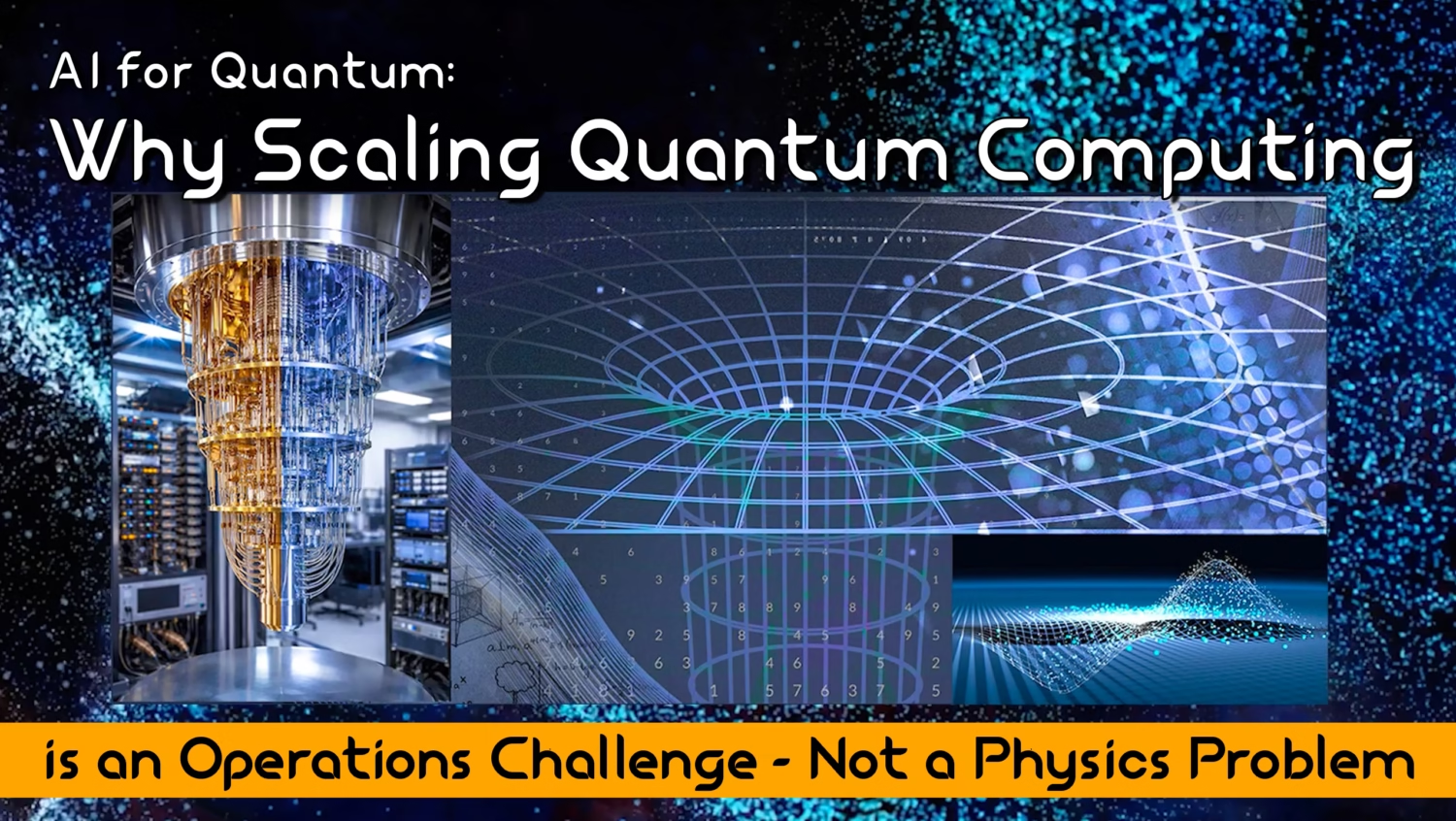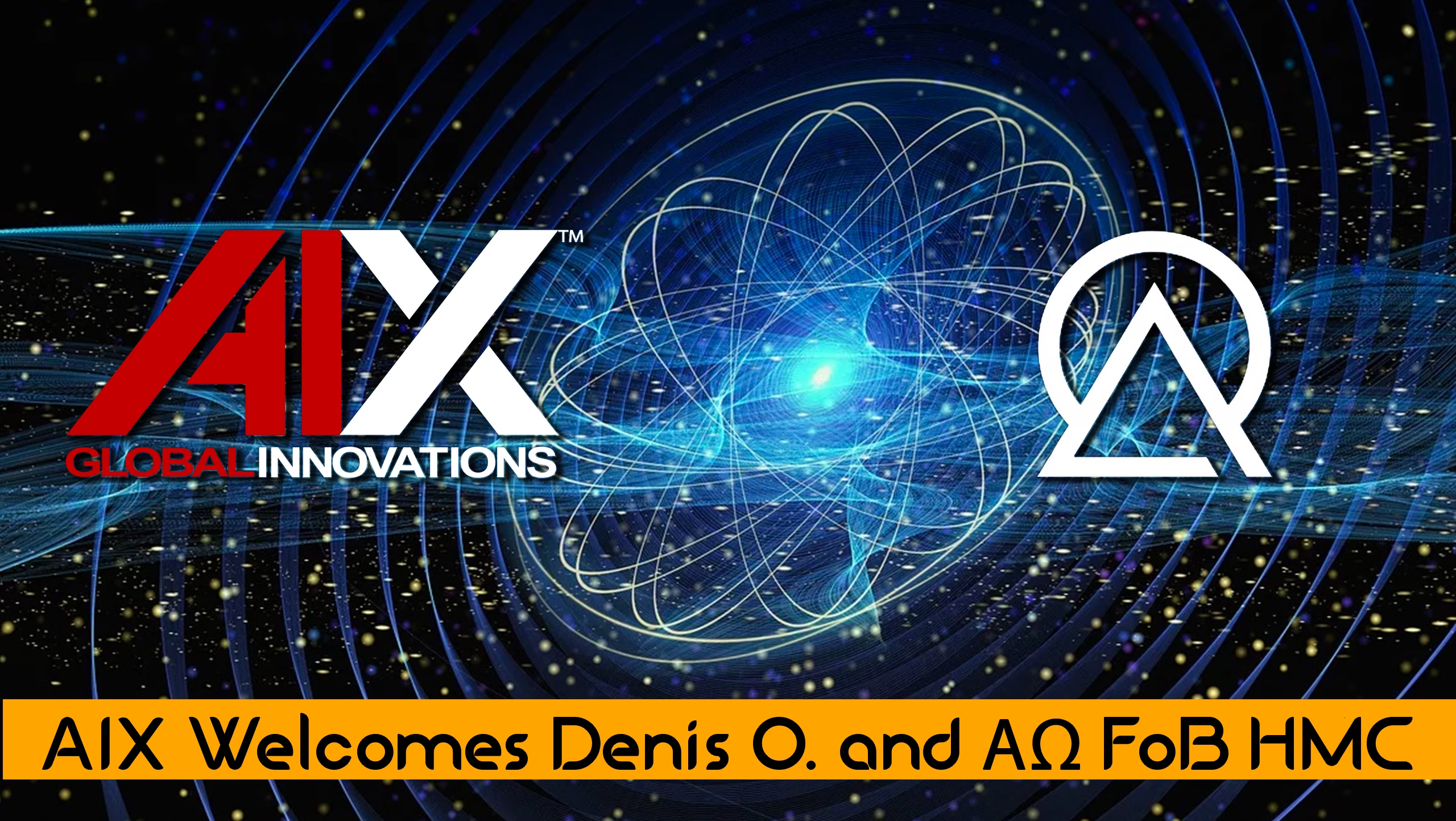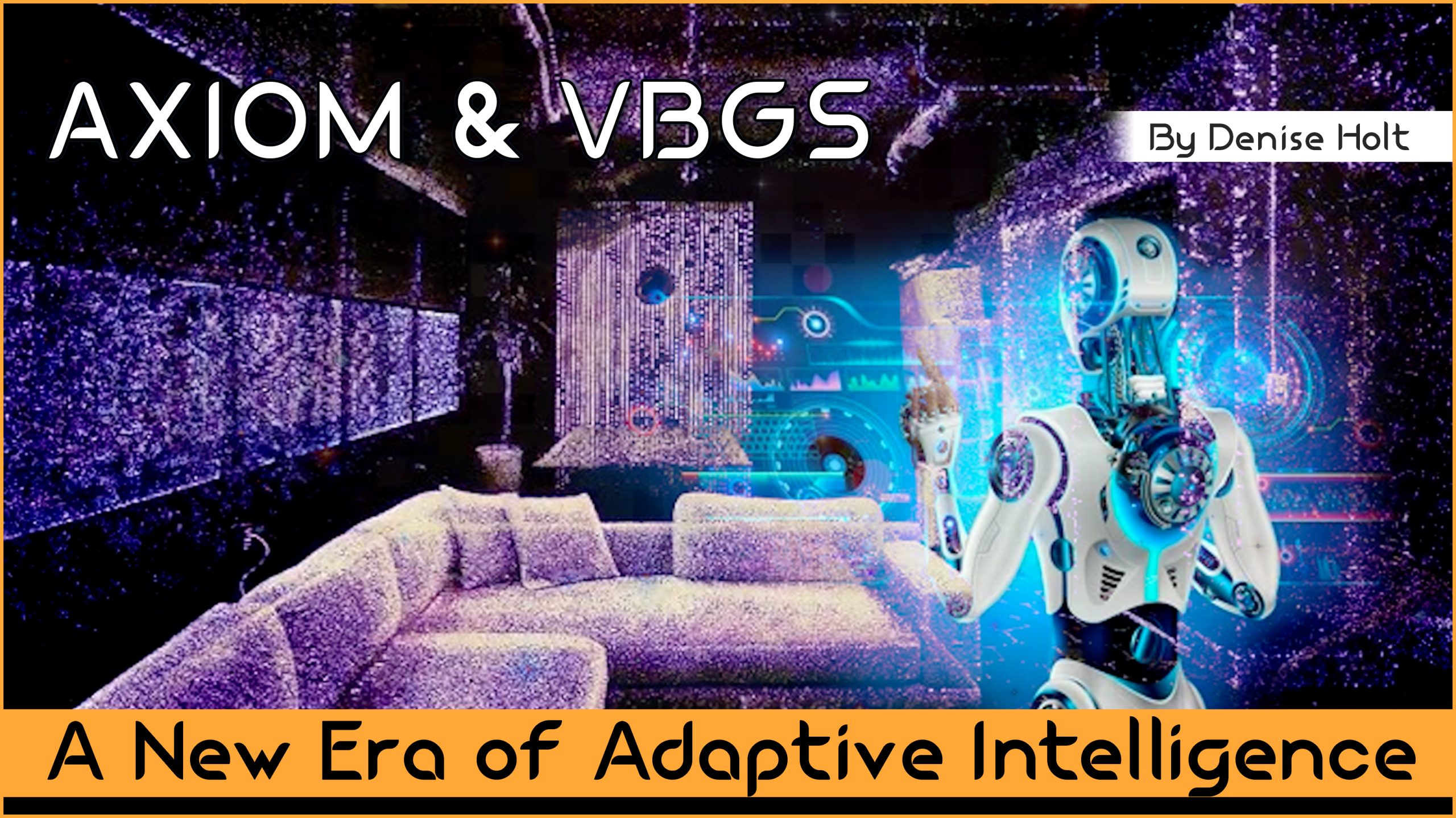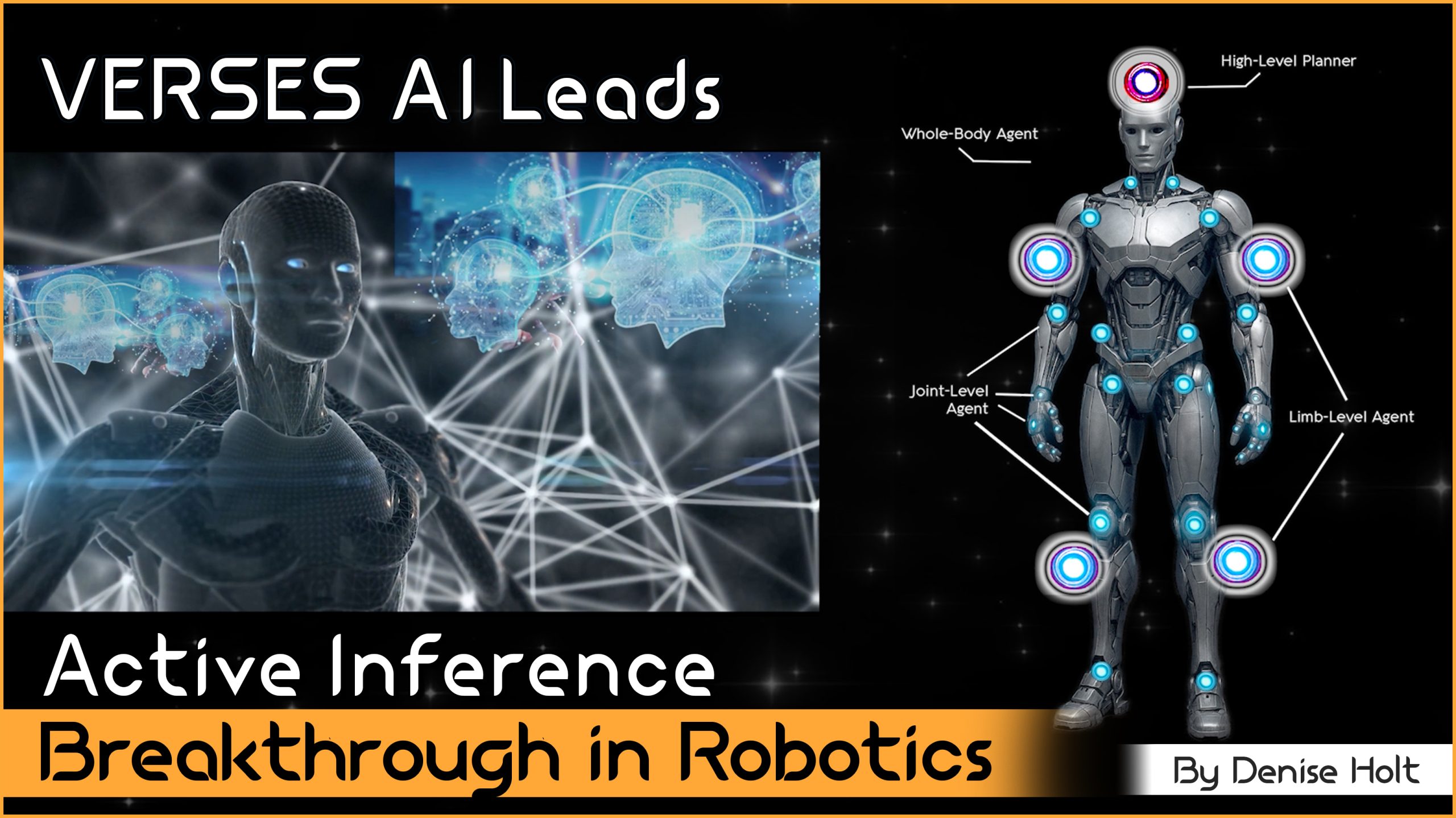
Preliminary results with Seed IQ™ suggest that barren plateaus can be treated as an operational state that is detectable, actionable,...

The internet as we know it is evolving. The new Spatial Web Protocol and programming language, HSTP (Hyperspace Transaction Protocol) and HSML (Hyperspace Modeling Language), are necessary to take us from static web pages, to stateful interaction within 3D spatial environments. This will exponentially expand the capability and reach of our internet, opening the doors to an entirely new kind of artificial intelligence.
Digital technology has grown into a space where we now have multiple devices — computers, mobile phones, iPads, smart TVs, game consoles, smart watches, smart appliances, etc… all connecting through a singular IP address (your home or office). In the next 10 years, trillions of new IOT (internet of things) sensors will be coming online. Every thing will be attempting to connect and share data.
The biggest challenge with the World Wide Web, is that it was created to share pages of information — web pages. With the increase in bandwidth and chip speeds over time, we have jackhammered out of that technology the ability to share media within those pages, even real-time streaming of video and audio communications, so we actually feel like we are connected in a physical and digital way. The reality, however, is that today’s internet technology is extremely limited and stifled in the possibilities of merging physical and digital experiences.
Consider some of the Metaverse spaces that have come online in the past year or so. Much of the general public is confused by what appears to be poor graphics, as if we have gone backwards in time (think Decentraland). The non-technical user doesn’t understand that decentralized applications (dApps) require more resources to perform multiple operations over many systems that are all working together. The World Wide Web, Web 2.0, is just not capable of handling that demand well without sacrificing either graphics or speed. We are also missing some critical data points that are necessary to make sense of the data, and we are stuck in a situation of giving away our data through use, rather than being able to own and protect our own data from the inception.
The Spatial Web solves for this by expanding on the Web 2.0 internet model by providing a Digital ID (DID) to every Metaverse and every Digital Twin of real-world spaces. The new open, non-commercial protocol for the Spatial Web is called HSTP (Hyperspace Transaction Protocol). This is the missing glue for Web 3.0. This new protocol enables the interoperability for all spaces and objects. We are not just connecting information through computers anymore. We are connecting every person, place or thing, both real and virtual.
The main difference between the internet as we know it and the Spatial Web is this: WWW domains are Stateless. The data being produced and shared through interactions on the Web 2.0 internet does not get captured within those interactions on the web itself. There are no web channels making decisions along the way and recording actions as the data travels between servers. The data interactions and modifications are documented within the endpoint servers, ie user info, user behavior, exchanges of data, data requests, permissions, etc… So, you as the user, have no control over what happens to this data. It’s a byproduct of your usage. The corporations who own and govern the endpoints of the exchanges of information, ie, browsers and servers, they own that accumulated data, and they get to decide what to do with it. Thus far, they have monetized the heck out it for their own benefit and corporate profits, ie, Google Chrome, Apple Safari, Facebook, etc…
On the other hand, the Spatial Web is Stateful. Through HSTP (Hyperspace Transaction Protocol), the data is generated by and between 3D locations, modeling objects in space in a very standardized way using HSML (Hyperspace Modeling Language). The data generated within and between the various states and conditions occurring between these entities are captured, owned, and controlled by the user that is generating the data. This ensures your data sovereignty. You own your data. You decide who and what may access it, when and for how long, if at all.
The World Wide Web is a library of pages and information.
The Spatial Web is a library of spaces, governing objects (people, places, things), under context control factors of locations, activities, and identities, in various states of reality or circumstances, over time.
WWW Domains are libraries of information data. Spatial Domains are libraries of Spaces with securely managed digital rights, governing authorized access regarding who or what can access, modify, publish, transact or interact with content. This web of spaces includes physical spaces, digital twin spaces, or completely virtual spaces. It allows for movement between all spaces, and is able to consider all circumstances within each space simultaneously.
Using HSTP, you can query over multiple dimensions — 4D, over time, over temperature, motion, pressure, light — any physical reality that can be defined in a computational way.
The “space” in Spatial is not only taking coordinates into account, but also states, like passing of time, change in ownership, even changes in emotional states like measurements of happiness or satisfaction — any combination of any condition of any dimension that can be defined, addressed and computed.
The Spatial Web is upon us, enabling network effects across everything imaginable and measurable in regard to the who, what, when, where, how and why of everything real and virtual, physical and digital, over time.
All content on this site is independently created by Denise Holt. If you enjoy this content, please consider supporting my efforts at patreon.com/SpatialWebAI

Preliminary results with Seed IQ™ suggest that barren plateaus can be treated as an operational state that is detectable, actionable,...

Operations are control problems, not prediction problems, and we're applying the wrong kind of intelligence. The missing layer: Adaptive Autonomous...

3 spots left to unlock EVERYTHING inside Learning Lab Central with LIFETIME Total Access to all courses, certification programs, Learning...

We have been entrusted with something extraordinary. ΑΩ FoB HMC is the first and only adaptive multi-agent architecture based on...

AI is entering a new paradigm, and the rules are changing. AXIOM + VBGS: Seeing and Thinking Together - When...

Blueprint for new robotics control stack that achieves an inner-reasoning architecture of mult-agents within a single robot body to adapt...

The convergence of two groundbreaking technologies is reshaping how we think about AI, automation, and intelligent systems, affecting every industry...

On 29 May 2025, the IEEE Standards Board cast the final vote that transformed P2874 into the official IEEE 2874–2025...

Explore the future of agent communication protocols like MCP, ACP, A2A, and ANP in the age of the Spatial Web...